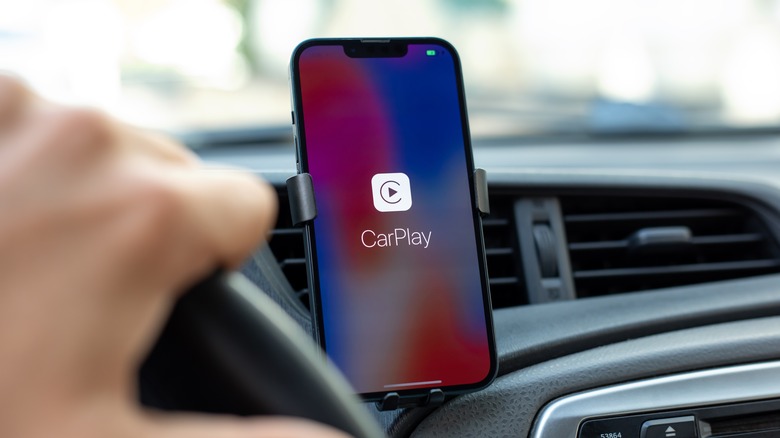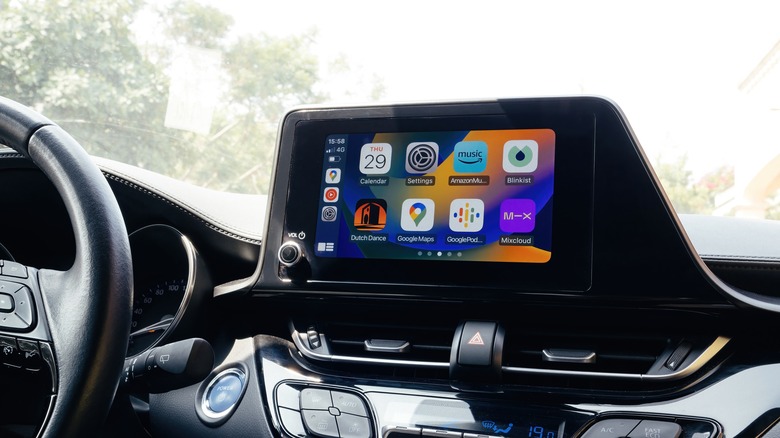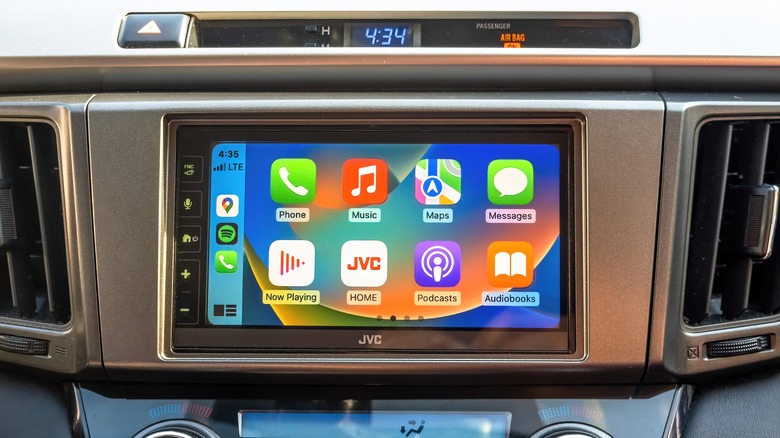CarPlay Features For iOS 18: What's New?
While cars offer the freedom of movement and convenience, they can also introduce new challenges for drivers, especially those who may have physical or mental limitations. Whether you have a permanent, life-long disability or suffer from a passing condition, issues with your mobility, vision, or hearing, can make car trips feel overwhelming. Thankfully, Apple is committed to supporting its less able-bodied consumers.
For its upcoming iOS 18 update — arriving later this year – Apple plans to add a mix of completely new features and improvements to existing ones, such as upgrading the CarPlay system to make it more accessible to users.
Intended to support both drivers and passengers, the upcoming helpful enhancements include Voice Control, Color Filters, and Sound Recognition — all features that can definitely help to create a better and safer experience for all on the road. Here's what we know about the new functionality so far.
How Apple's new CarPlay features can help you
One of the key accessibility features that will grace CarPlay soon is the Voice Control feature. In the past, we've recommended Voice Control as an invaluable iPhone accessibility feature, but with the upcoming iOS 18 update, CarPlay users can now also benefit from navigating with just their voice. Furthermore, iOS 18 will offer iPhone and iPad users the ability to use AI-powered Vocal Shortcuts for more complex tasks.
While HomePod users have long been able to benefit from Sound Recognition's smoke detector alert, the update is also set to integrate Sound Recognition to CarPlay. In the case of deaf or hard-of-hearing drivers, this can mean notifications for everything from car horns to ambulances approaching, which can help to increase awareness and prevent accidents on the road. Additionally, the new version will also include Color Filters and the option to use Bold Text, to aid those with visual disabilities like color blindness, or other impairments such as dyslexia, to interact with the CarPlay interface more effectively.
While not a part of CarPlay, in the same announcement, Apple relayed its plans to introduce Vehicle Motion Cues, which are little moving dots that can help reduce the experience of motion sickness for passengers. In an effort to reduce the experience of sensory conflict, iPhone users will be given the option to have this feature turned on automatically whenever a device senses that you're reading or looking at your screen while seated in a moving vehicle.
Apple's push for accessibility
Further accessibility features are coming to Apple products, such as the new Atypical Speech tool, which can help Siri better understand users with speech impairments using machine learning, helpful for stroke survivors or those with cerebral palsy. Apple also plans to improve tools for nonspeaking users, with the development of Live Speech and Personal Voice, while users with visual impairments can benefit from the upgrade to Magnifier, better controls for Braille Screen Input, and Hover Typing.
Currently, the iPhone already has several features for hearing-impaired users, such as Live Captions for FaceTime. However, there's also other uses for such innovations, as we've mentioned previously how the AssistiveTouch feature can help you work around broken iPad Home buttons or be a quick way to take a screenshot. You can even use the Spoken Content feature to describe what's on your screen, which is great for when your hands are full cooking, doing laundry, or cleaning.
Regardless, fans of the Apple ecosystem should be glad to know that it continues to widen accessibility to its products with every update. After all, disabilities can happen at any stage of your life and it's commendable that Apple devices are able to support users.


